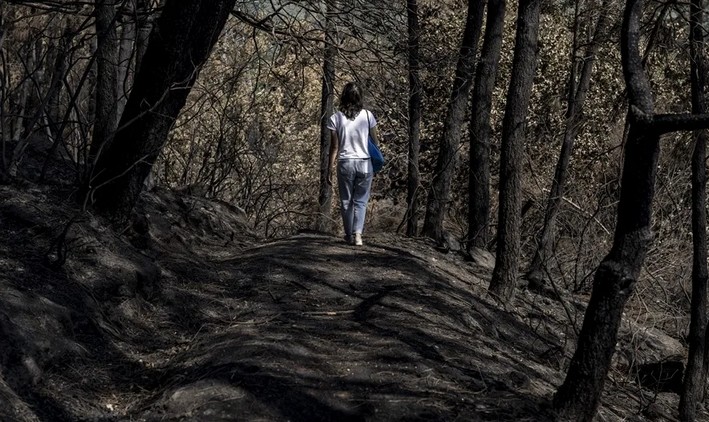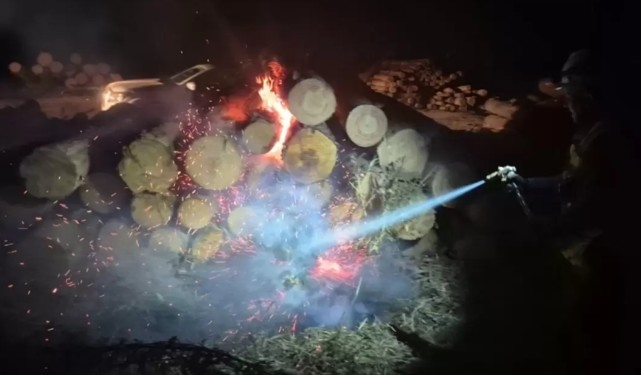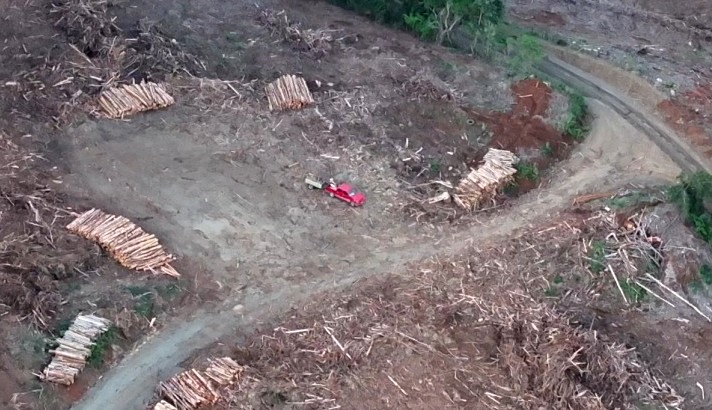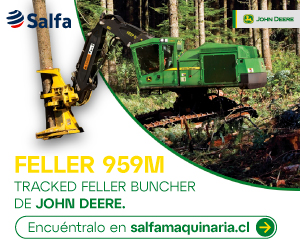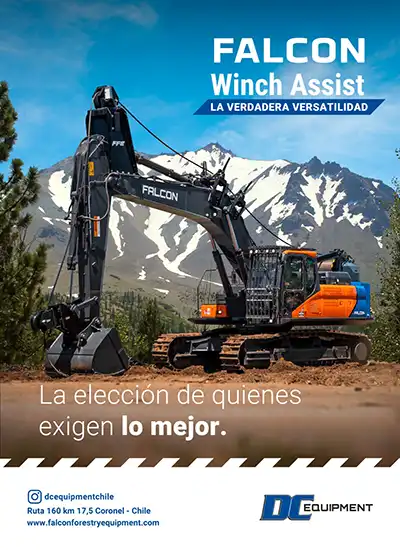X-ray of the Resurgence of Life in a Forest After a Fire
From insects feeding on burnt wood to birds nourishing themselves on insects, paving the way for the early return of large animals that fled the flames. This is the x-ray of the resurgence of a charred forest after over 300,000 hectares burned in Spain in August.
"Life continues in a burned forest," Víctor Resco de Dios, an engineer and expert in terrestrial ecosystems and professor of Forest Engineering and Global Change at the University of Lleida, tells EFE.
Burned areas provide opportunities for opportunistic species; "the Bonelli's eagle is often seen in scorched zones as early as the day after the fire, and by the fourth day, it even stays to sleep," adds the expert.
A few days after a severe fire, many animals that fled the flames return to their abandoned habitat, according to various studies. Research on large carnivores, such as the wolf, indicates that this particular species is very abundant in high-intensity burned areas; "they see their prey better," asserts Resco de Dios.
Other large animals like bears, even though their numbers may have decreased—for example, in Cantabria or Asturias after recent fires—will recover their presence in these areas within a few years, according to the expert.
Large Fires and Their Impact on Natural Life
According to recent data provided by the Minister for Ecological Transition (Miteco), Sara Aagesen, the wave of devastating fires this August in the western peninsula has left 336,345 hectares burned.
According to her figures, critical areas for the survival of over 350 endangered, vulnerable, or specially protected species under the LESRPE protection list have been affected by these fires. Among others, the capercaillie, brown bear, lynx, and black stork.
"Green Islands" in a Fire-Affected Area
Engineer Resco de Dios explained that in large fires devouring thousands of hectares, there are isolated natural spaces that often escape the flames. These are the so-called "green islands," which will be "very important" after extinction for forest regeneration.
Not all plant species evolve the same way after the impact of fire; certain types of shrubs, such as rosemary and rockrose, do not resprout after a fire but, thanks to seed banks in the soil, eventually germinate again.
In the case of pines, most do not resprout (except the Canary Island pine) and do not contain seed banks in the soil. However, the Aleppo pine, from the Mediterranean coast, can regenerate from a seed bank in the tree crowns that releases pine nuts after the heat of the fire; this gives it a regenerative capacity that others lack.
Pine cones keep the pine nuts until the heat of the fire causes them to open and release them—closed cones holding the seeds until the fire are called crown seed banks.
Keys to Environmental Recovery
There are several priorities after a fire for plant recovery. The essential requirement initially is to stabilize the soil; "it is crucial to preserve the topmost layer of the ravaged terrain where nutrients are concentrated, accumulating in about 5 centimeters."
"If it is lost, it is very difficult to recover; it is a resource that takes thousands of years to regenerate, which is why the priority right now is the soil."
The repopulation phase would come later, although it is first essential to give natural regeneration a chance, at least with a horizon of about three years; "after a fire, repopulation should not always be started immediately," it is usually necessary to wait some time.
"If it rains a lot and especially steadily, with many days of precipitation, that will favor plant germination; conversely, if the autumn is dry or with torrential rains when it does rain, that will hinder the process."
In areas at risk of landslides where vegetation has disappeared, plant repopulation should be urgent, the engineer specifies.
He also explained that it is essential after a fire to determine which hectares should be prioritized when undertaking initial on-ground actions and which works to put out to tender.
Initially, the basics for soil care are "fajinadas," small terraces made with the branches of burned trees; to avoid erosion, "mulching" or straw coverings are also used; sometimes, dams and more complex works will also be necessary, he explained.
Source:EFE


